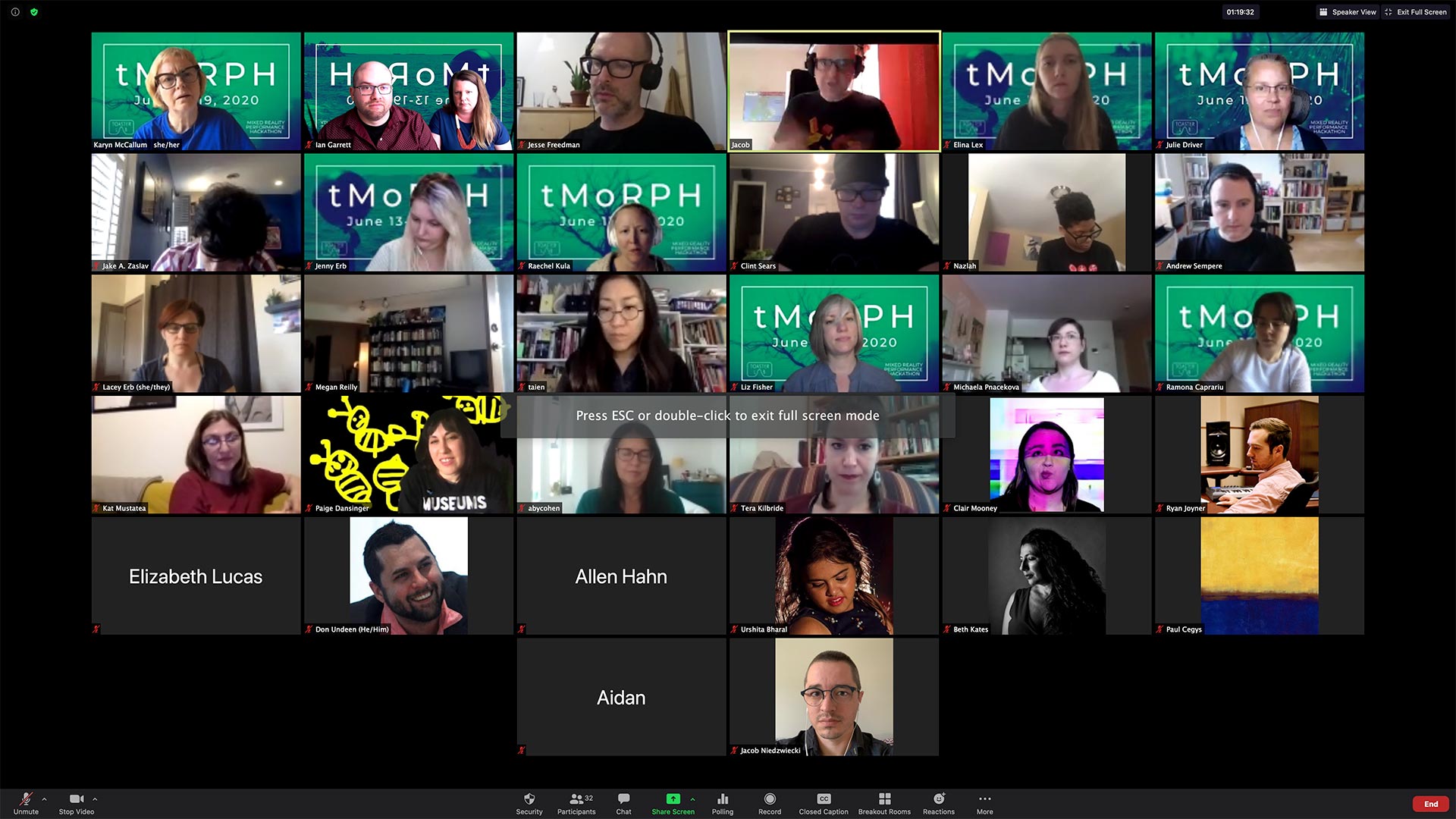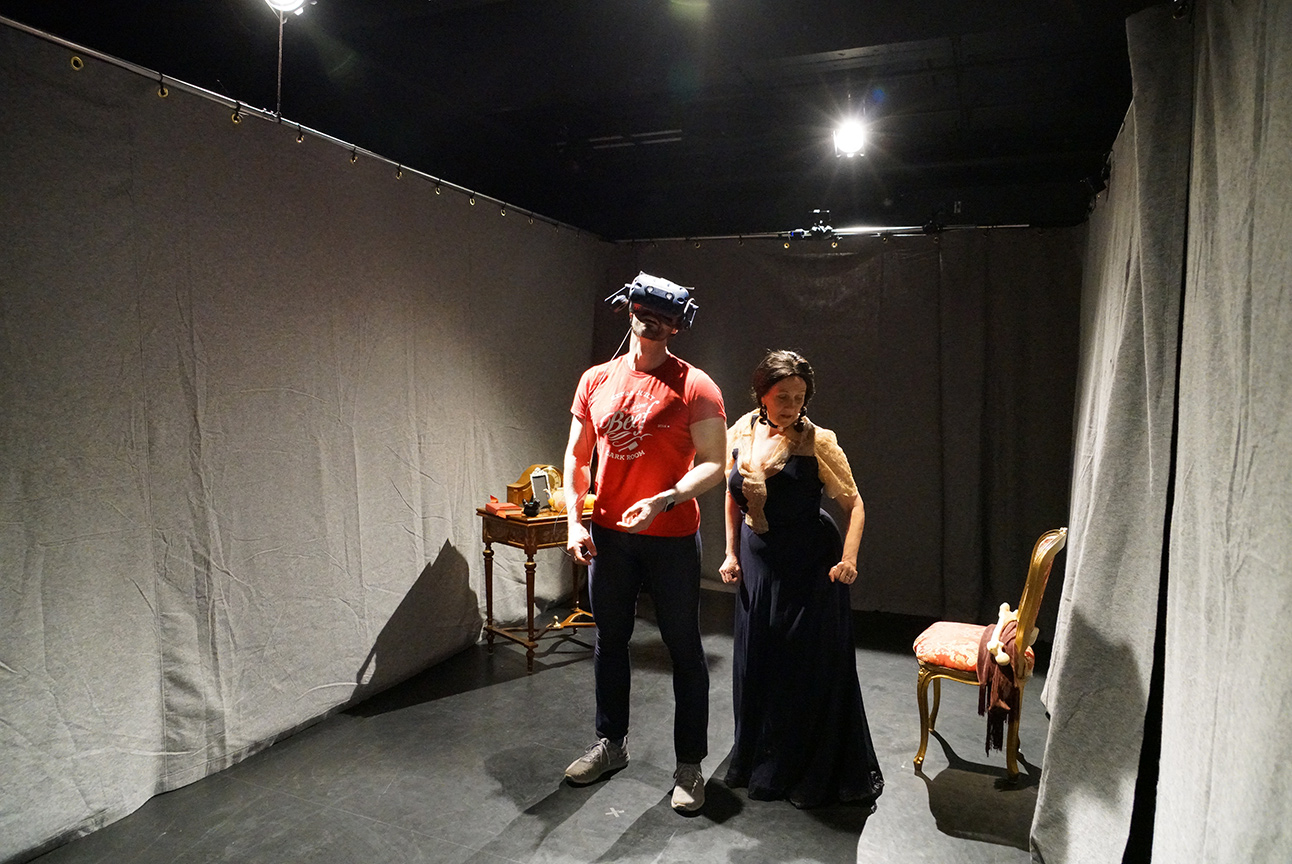Kitchenband
Presented Sep 9 - Dec 13, 2019 Albion Public Library, Etobicoke, Ontario, Canada
Summary of Project:
The Kitchenband VR Library project will create an interactive virtual reality experience for visitors of the Albion Branch of the Toronto Public Library focused on sharing the history and experiences of the community. Through a 3.5 month residency in the library, Kitchenband with lead artist Erin Brandenburg will lead a group of participants through working sessions where they will embark on local history research, gather stories and interviews with community members and users in the library, script scenes and monologues, and curate ideas to create 10 ‘hauntings’ that share the story of the community. These hauntings will be filmed on site in the library in 360 immersive video and then be digitally placed on location in the library using Bluetooth tracker locators. Once activated, users with VR headsets or Google cardboard viewers will be able to move around the library and discover them. The hauntings may take the form of stories, dances, musical performances and involve members of the community as interviewees or performers. Together the hauntings will weave a story of the community and reveal something of the history of this library and the land it sits on.
Description of User Experience:
Because the hauntings are filmed and recorded in the same location as the viewer there is a sense of a blending of realities – the virtual world and stories of the past blend with the concrete real world.
Identified “Best Practices” for Mixed Reality Production:
- Custom app lowered accessibility, community members would rather access a URL and not have to download an app
- Using abstract visual representation (by an illustrator) to indicate the location of content worked well. There was no need for detailed & specific spacing in the building since users already knew the library and the small geographical space. The project wound up augmenting information as opposed to introducing users to the space.
- Blueprints weren’t as useful for capturing the way people use and think about the space so illustrator was engaged to draw a map.
- Community engagement is unpredictable and needs to allow for contributions to respond to interest level of community members.
- Media releases and manipulating the setting for controlling access and traffic flow is a significant challenge and must be planned out.
- For community-based work, it is extremely important to be transparent with what you are doing. Community members should understand the nature of the project.
- Community-based projects should happen on a condensed timeline when possible, in order to retain the interest of community members.
- Getting the equipment into people’s hands early allows them to experiment and play to learn the technology.
- For this specific kind of project (community-based 360 film project), it should be understood from the start that someone outside of the community will be doing the editing. This should be built into the process, so that the focus is on conceptualizing and shooting something interesting. If a community contributor happens to be really keen on editing, then that could be accommodated, but this should not be the expectation.


